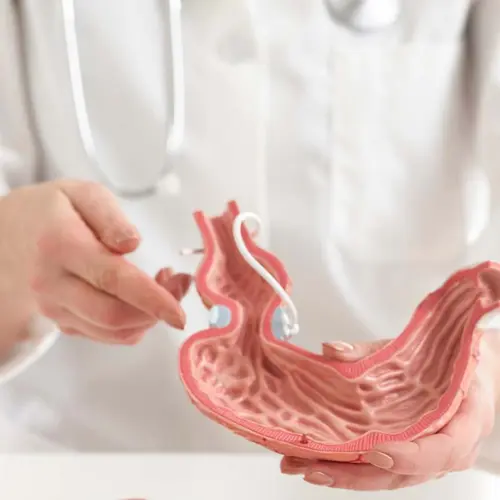Table of Contents
Echocardiography is a widely used tool in the diagnosis of asymptomatic heart valve diseases. This method uses sound waves to produce images of the heart. Thus, it helps to evaluate the structure and functionality of the heart. By observing the heart valves and their movements, doctors can identify the presence of problems such as stenosis and regurgitation and develop a treatment for it.
Echocardiography is a vital technique in diagnosing heart valve diseases. It uses sound waves to create images of the heart, allowing its structure and function to be evaluated. By observing valve movement, doctors can identify problems such as stenosis and regurgitation. As a result, it becomes easier to identify appropriate treatments.
In this article, we focus on valvular health assessment, echocardiography has a vital role in diagnosis, and how echocardiography identifies valvular abnormalities. In the final part, you can read about the echocardiography advanced techniques.
Valvular Health Assessment: Echocardiography Vital Role in Diagnosis
Echocardiography plays a critical role in the evaluation of Mitral Valve Disease (MVD). It provides important information about the severity and hemodynamic effects as well as valve anomalies. Interventions are based on detailed echocardiographic examination. Conventional echocardiography is sufficient for understanding MVD, but transesophageal echocardiography is of great importance in the initial evaluations and when intracardiac thrombus is excluded.
The role of echocardiography extends to the assessment of mitral stenosis. Advanced technologies and stress echocardiography help increase diagnostic accuracy. Assessment of mitral valve health is an indispensable tool for accurate diagnosis, severity assessment, and intervention guidance.
How Echocardiography Identifies Valvular Abnormalities?
An echocardiography test is an ultrasound test, taking pictures of your heart using sound waves. These pictures help doctors check how your heart is working and if there are any problems. This test is extremely useful in finding heart diseases and other heart problems.
We can talk about different types of echocardiograms, such as special heart ultrasounds. These can be used while exercising or if you are going to have a baby. These tests help doctors see inside your heart.
Echocardiography can show problems in the heart valves, which are like gates that allow blood to flow in and out. It can also tell if your heart is pumping enough blood or if there is any damage.
This test is safe and does not harm. It is an important tool for controlling how your heart is working and noticing problems early.
Echocardiography Advanced Techniques for Valvular Abnormality Detection
Echocardiography has undergone remarkable advancements, significantly impacting the understanding and management of cardiac conditions, notably infective endocarditis (IE). Modern echocardiography methods, such as transthoracic echocardiography (TTE) and transesophageal echocardiography (TEE), furnish high-fidelity 2D and 3D cardiac images devoid of radiation exposure. These innovations play a pivotal role in promptly diagnosing IE and guiding critical treatment choices.
Within the realm of valvular anomalies, progressive echocardiography techniques offer indispensable insights. Three-dimensional echocardiography (3D echo) empowers real-time visualization of cardiac structures, discerning irregularities like valvular vegetations, abscesses, and complications linked with prosthetic valves. The heightened spatial resolution of 3D echo enhances diagnostic precision, particularly in complex scenarios like prosthetic valve endocarditis.
In addition, intracardiac echocardiography (ICE) presents intricate imagery of right-sided cardiac structures. ICE's employment of high-frequency ultrasound near the heart augments image quality, proving valuable in cases of cardiac device-related endocarditis (CDRIE) or when TEE outcomes remain inconclusive.
Collectively, echocardiography's capacity to provide intricate, real-time visuals has revolutionized the diagnosis and management of valvular aberrations, even within the context of infective endocarditis. By enabling early identification and precise evaluation of complications, these advanced techniques significantly contribute to refining patient outcomes and devising efficacious treatment strategies.




















